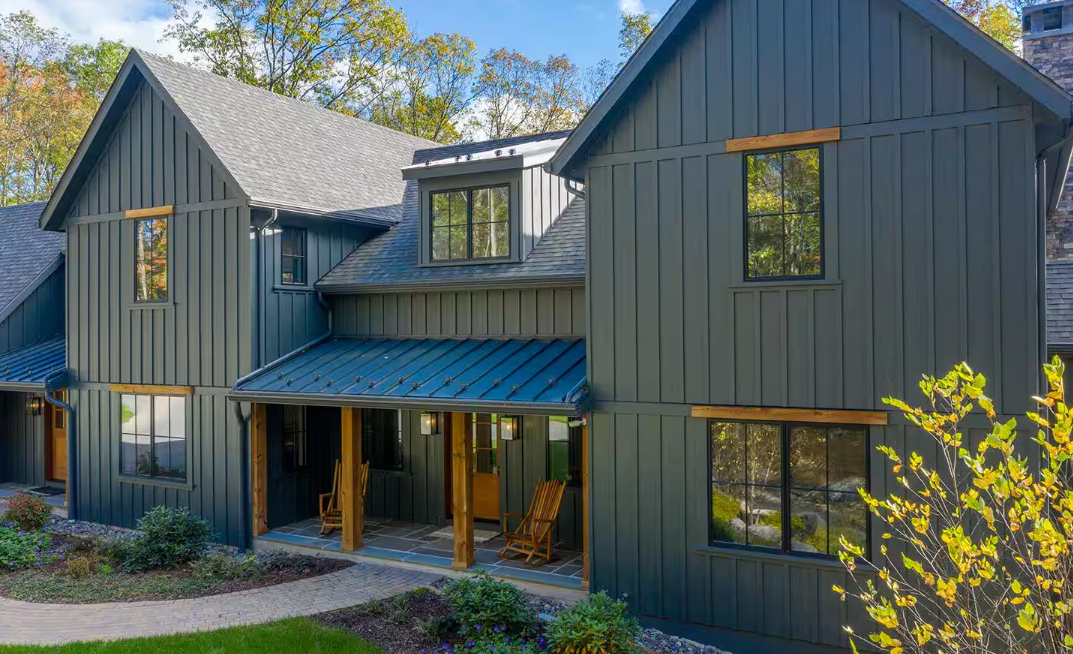What Kind of Siding Is Best for My House: Styles, Durability, and Cost
Choosing the right siding for your home involves considering several key factors. This guide will help you understand the main types of materials available and their benefits. You’ll learn about popular styles, how long each type lasts, and what they cost. Just like skilled roofers in Miami know which materials work best in hot, humid weather, picking the right siding depends on your local climate and personal needs. We’ll also cover the amount of work required to maintain each type’s appearance.
Types of Siding Materials
When picking siding for your house, you have several material options to choose from. Vinyl siding is popular because it’s inexpensive and easy to maintain. It lasts a long time, won’t rot, and is resistant to damage from bugs. You can find it in many colors and styles. Wood siding gives your home a natural, classic look, but it requires additional maintenance to prevent rot and insect infestations. Fiber cement siding resembles wood but is significantly stronger. It won’t burn, rot, or get damaged by insects, so it lasts many years. Each material has good and bad points, so pick based on what matters most to you – looks, upkeep, or how long it lasts.
Popular Siding Styles
Many siding styles can make your home look great. Board and batten siding features wide boards with thin strips between them, creating a classic country look. Lap siding features boards that overlap sideways, giving it a traditional appearance. Shingle siding looks like small wooden pieces and adds texture to your walls. Dutch lap siding features a curved edge that creates shadows, adding a decorative effect. Vertical siding runs up and down, instead of sideways, and can make your house appear taller. Modern panel siding gives a clean, sleek look. Each style alters the appearance of your home from the outside, so choose one that complements your taste and the design of your house.
Durability Factors to Consider
The lifespan of your siding depends on how well it withstands various challenges. Think about how the material deals with rain, wind, and sun, plus whether it can take hits from things like hail or tree branches. Vinyl siding requires minimal care and is resistant to fading and rot. Fiber cement siding is very tough and won’t burn, rot, or be damaged by insects. Wood siding looks nice, but it may require additional maintenance to prevent issues with rot and pests. Metal siding, such as steel or aluminum, handles bad weather very well. Selecting tough siding ensures it will look great and protect your home for many years.
Cost Comparison of Siding Options
Here’s what different siding types typically cost per square foot:
- Vinyl siding: $2 to $7 – usually the cheapest option
- Fiber cement siding: $5 to $12 – costs more but lasts longer
- Wood siding: $6 to $15 – pricier but gives natural beauty
- Metal siding: $7 to $12 – good middle-ground pricing
- Brick and stone siding: $8 to $15 – most expensive but very durable
Remember that prices can vary based on the quality you choose and the difficulty of installation. Higher upfront costs might be offset by savings later if the siding lasts longer.
Maintenance Requirements for Each Type
Different siding types require varying levels of care. Vinyl siding is the easiest – wash it with a hose and soap occasionally. Wood siding needs painting or staining every few years to prevent rot and decay. Fiber cement siding should be repainted every 5-10 years, but it naturally resists rot and insect damage. Metal siding lasts well, but it may need new paint occasionally to prevent rust. Brick and stone siding require almost no maintenance – clean them occasionally. Knowing how much work each type needs helps you plan for the future care of your home.
Environmental Impact of Siding Choices
The siding you pick affects the environment in different ways. Wood siding from responsibly managed forests or fiber cement made from recycled materials can be better choices for the planet. These options often use less energy to make than vinyl or aluminum siding. Choosing siding that lasts a long time means you won’t need to replace it as often, which is better for the environment. When selecting siding, consider the energy required to manufacture it, its recyclability, and the production process. Picking eco-friendly siding helps make your home more sustainable.
Related Topics:


2 Comments
Comments are closed.